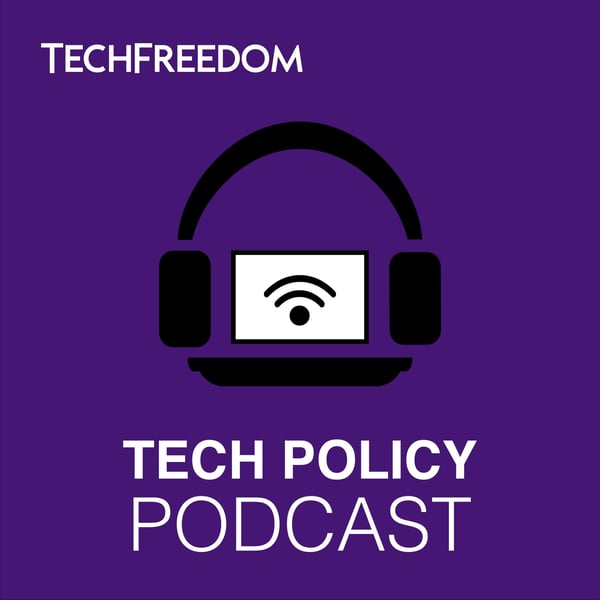#331: Section 230’s Long Path to SCOTUS
Tech Policy Podcast
TechFreedom
4.8 • 45 Ratings
🗓️ 31 October 2022
⏱️ 60 minutes
🧾️ Download transcript
Summary
Transcript
Click on a timestamp to play from that location
| 0:00.0 | The Supreme Court has never heard a Section 230 case until now. |
| 0:18.0 | Earlier this month, the justice has agreed to review Gonzalez versus Google, in which the |
| 0:22.9 | plaintiffs argue that YouTube's targeted recommendation of videos falls outside Section 230 immunity. |
| 0:31.1 | In a sense, targeted recommending is what all major platforms do and must do in order to provide a usable product. |
| 0:39.9 | On the vast modern internet, curation of information is an essential service. |
| 0:45.6 | So it is hard to overstate the potential ramifications of this case for the web. |
| 0:50.8 | Section 230 is, of course, the law that, with limited exceptions, protects platforms from large websites and apps, individual blogs, social media accounts, from liability for disseminating speech created by others. |
| 1:07.2 | In recent years, this law has become a subject of incessant criticism. But does it follow that we |
| 1:13.4 | wouldn't miss it? That's the arresting question the Supreme Court in taking this of all Section |
| 1:19.5 | 230 cases has forced us to confront. This is the Tech Policy podcast. I'm Corbyn Barthold. Because Section 230 and all that it protects |
| 1:32.1 | is now under threat, seems like a good time to do an episode in which we reflect on how we got |
| 1:38.0 | Section 230, why Section 230 is important, what benefits and drawbacks Section 230 creates, and why the criticisms |
| 1:47.2 | of Section 230 from both the left and the right tend to miss the mark. I'm very pleased to be |
| 1:53.6 | joined for this conversation by Emma Lanzo, the director of the Free Expression Project at the |
| 1:59.8 | Center for Democracy and Technology. |
| 2:03.3 | Emma, you are the perfect guest for this topic. Welcome. |
| 2:07.7 | Thank you so much. It's great to be here. |
| 2:12.1 | I, on this one really, this story has been told in a lot of places by many people, but I think it's worth |
| 2:20.1 | getting into here. You know, the history of Section 230 because Section 230 has a claim to be |
| 2:28.1 | perhaps one of the most misunderstood laws in the U.S. Code, and to understand the text, I think a little bit of the history is very helpful. |
| 2:37.4 | So could you, you know, and we can break this down. Don't feel that you have to get, cover the |
| 2:42.6 | whole thing in one go here. We can do a back and forth. But, you know, why is there a section |
... |
Please login to see the full transcript.
Disclaimer: The podcast and artwork embedded on this page are from TechFreedom, and are the property of its owner and not affiliated with or endorsed by Tapesearch.
Generated transcripts are the property of TechFreedom and are distributed freely under the Fair Use doctrine. Transcripts generated by Tapesearch are not guaranteed to be accurate.
Copyright © Tapesearch 2025.

